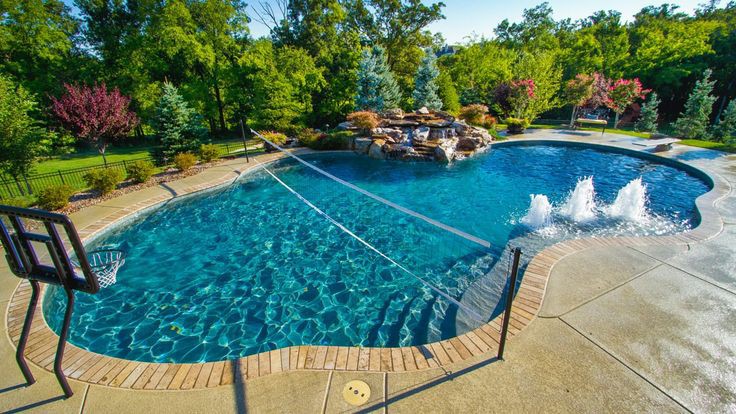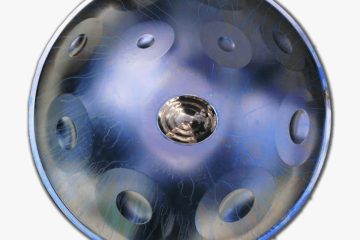Owning a pool in Tampa offers a refreshing escape from the intense Florida heat, providing a perfect spot for relaxation and family fun. However, like any home feature, a pool requires regular maintenance and sometimes significant renovations, such as resurfacing. Understanding the various materials and methods available for pool resurfacing and working with a reputable pool company can help you make an informed decision and ensure your pool remains a beautiful and functional backyard centerpiece.
Pool resurfacing is an important part of pool maintenance, particularly for older pools that show signs of wear and tear. Cracks, stains, rough patches, and peeling are common indicators that your pool needs resurfacing. Beyond maintenance, resurfacing can enhance the pool’s aesthetics, improve safety by creating a smoother surface, and increase the overall value of your property. The choice of materials and methods is a key factor in the success and longevity of your resurfacing project.
One of the most popular materials for pool resurfacing is plaster. Plaster is a traditional choice known for its smooth finish and affordability. It comprises a mixture of cement, sand, and water applied over the pool’s concrete shell. Plaster provides a clean and classic look, making it a favorite among many homeowners. However, it is important to note that plaster surfaces can be prone to staining and etching over time, especially in areas with hard water. Regular maintenance and water chemistry balance are essential to prolong the life of a plaster pool surface.
Another common material used for pool resurfacing is aggregate. Aggregate finishes blend plaster with small materials like quartz, pebbles, or glass beads, creating a more durable and aesthetically pleasing surface than traditional plaster. Aggregate finishes come in various colors and textures, allowing homeowners to customize the look of their pool. Pebble surfaces, particularly, are known for their resilience and slip resistance, making them a practical and attractive option for pool resurfacing in Tampa.
Tile resurfacing is an excellent choice for those seeking a luxurious and long-lasting pool finish. Tiles are available in ceramic, porcelain, and glass, each offering a unique look and feel. Tile surfaces are highly durable and resistant to chemical damage, making them ideal for pools frequently used or exposed to harsh conditions. Additionally, tile allows for intricate designs and patterns, enabling homeowners to create a unique and personalized pool surface. While tile resurfacing can be more expensive than other options, the longevity and aesthetic appeal often justify the investment.
Fiberglass resurfacing is another option, especially for older pools needing a more extensive renovation. Fiberglass is applied as a gel coat over the existing pool surface, providing a smooth, non-porous finish resistant to stains and algae growth. Fiberglass surfaces are also known for their durability and low maintenance requirements. This method can significantly extend the life of an older pool, making it a cost-effective solution for many homeowners.
When it comes to choosing a method and material for pool resurfacing, the expertise of a reputable pool company in Tampa is invaluable. These professionals can assess your pool’s condition, recommend the best materials based on your needs and budget, and ensure the resurfacing process is carried out efficiently and effectively. They will also provide valuable guidance on maintaining your new pool surface to maximize its lifespan and appearance.
Pool resurfacing is a vital aspect of pool maintenance that can significantly enhance your pool’s look, safety, and value. Understanding the various materials and methods available, such as plaster, aggregate, tile, and fiberglass, allows homeowners to make informed decisions that best suit their needs and preferences. Working with a trusted pool company in Tampa ensures your pool resurfacing project succeeds, providing years of enjoyment and relaxation in your beautifully renovated pool.



